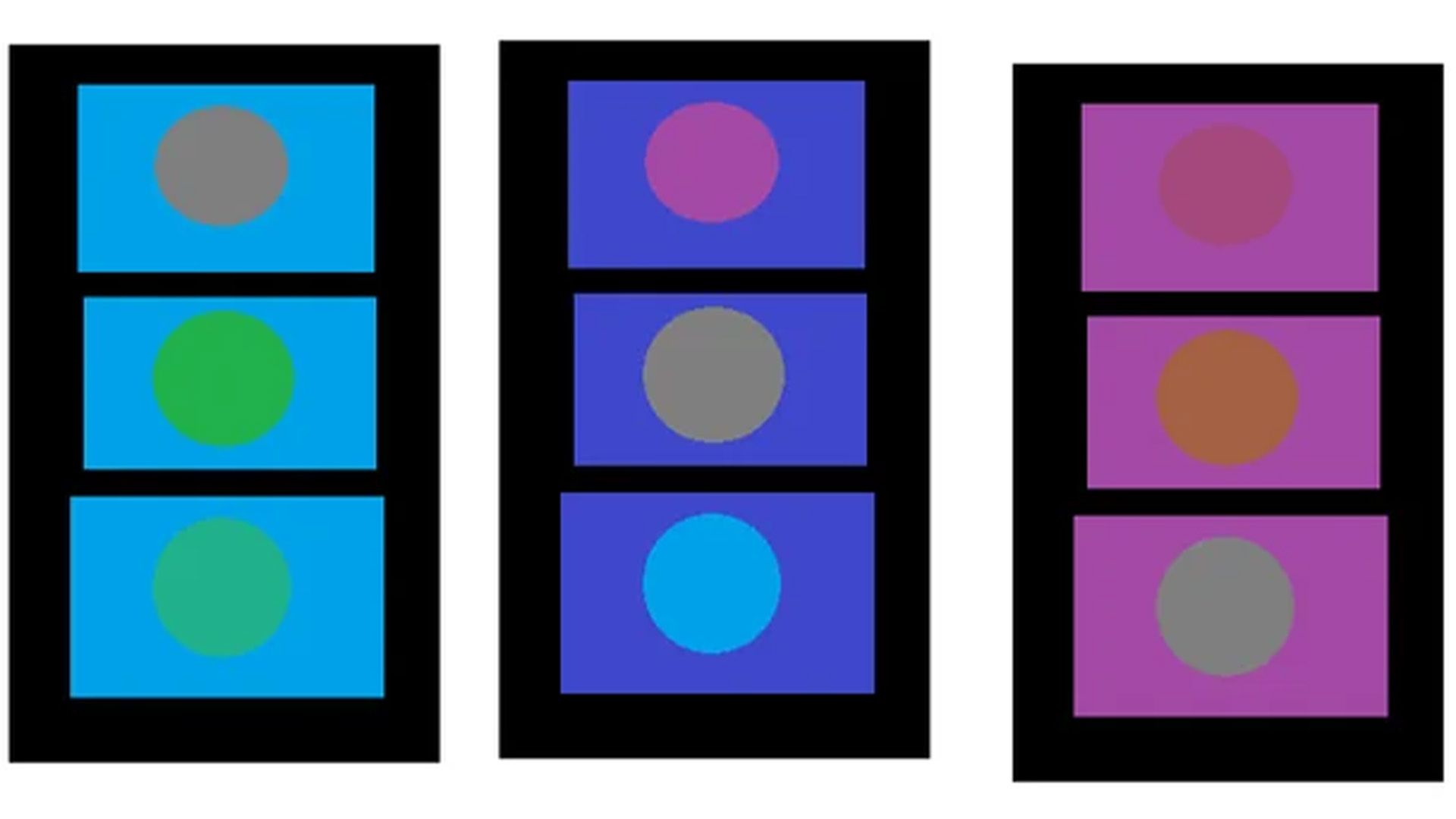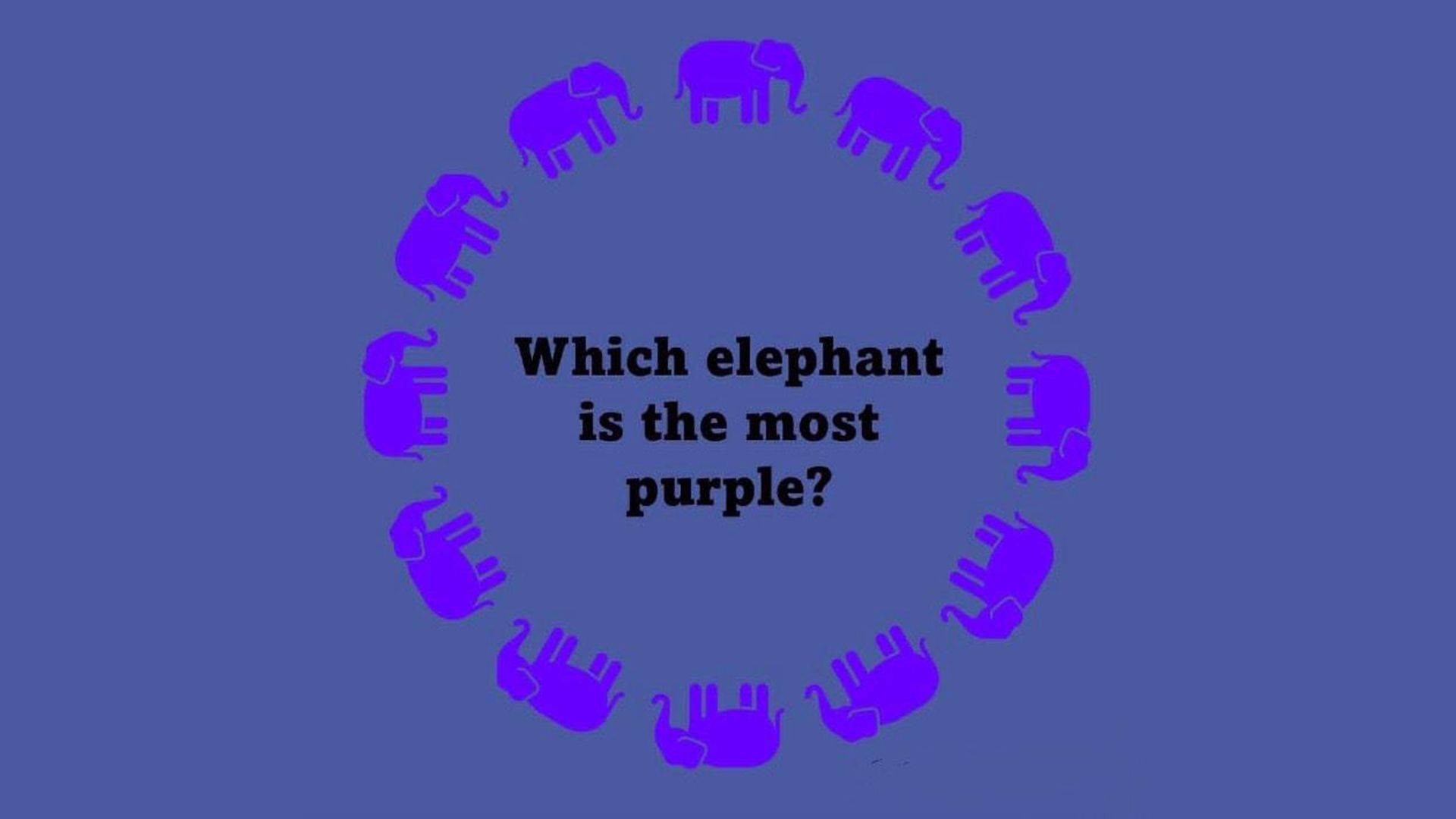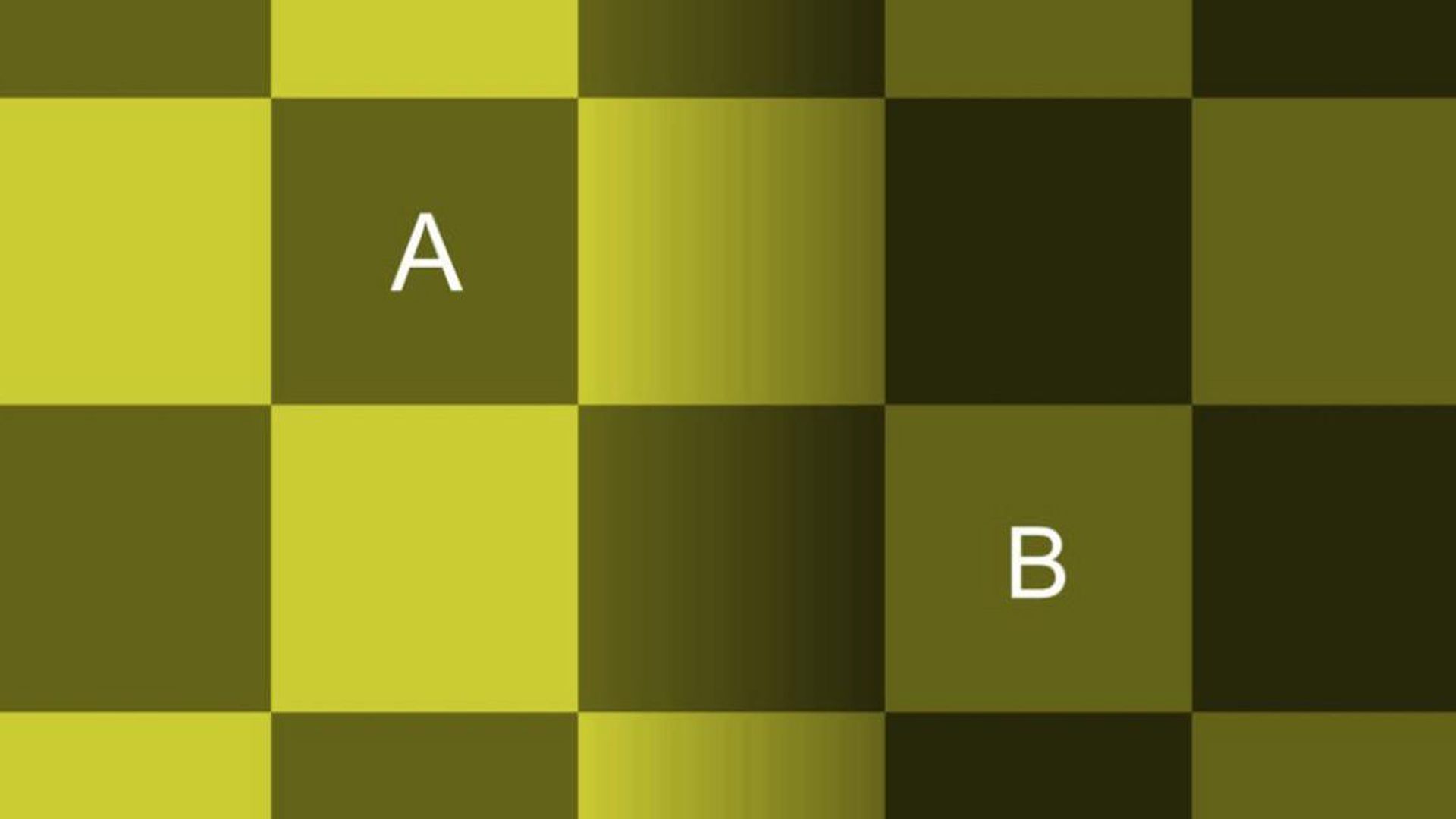Arts
fromFortune
1 week agoMeet a colorblind painter who's been using special glasses since the 1980s to see nearly two-thirds of the spectrum | Fortune
Colorblind artist Fernando Dávila overcame visual limits using red-tinted glasses to create vibrant, internationally exhibited paintings and experience most colors.







